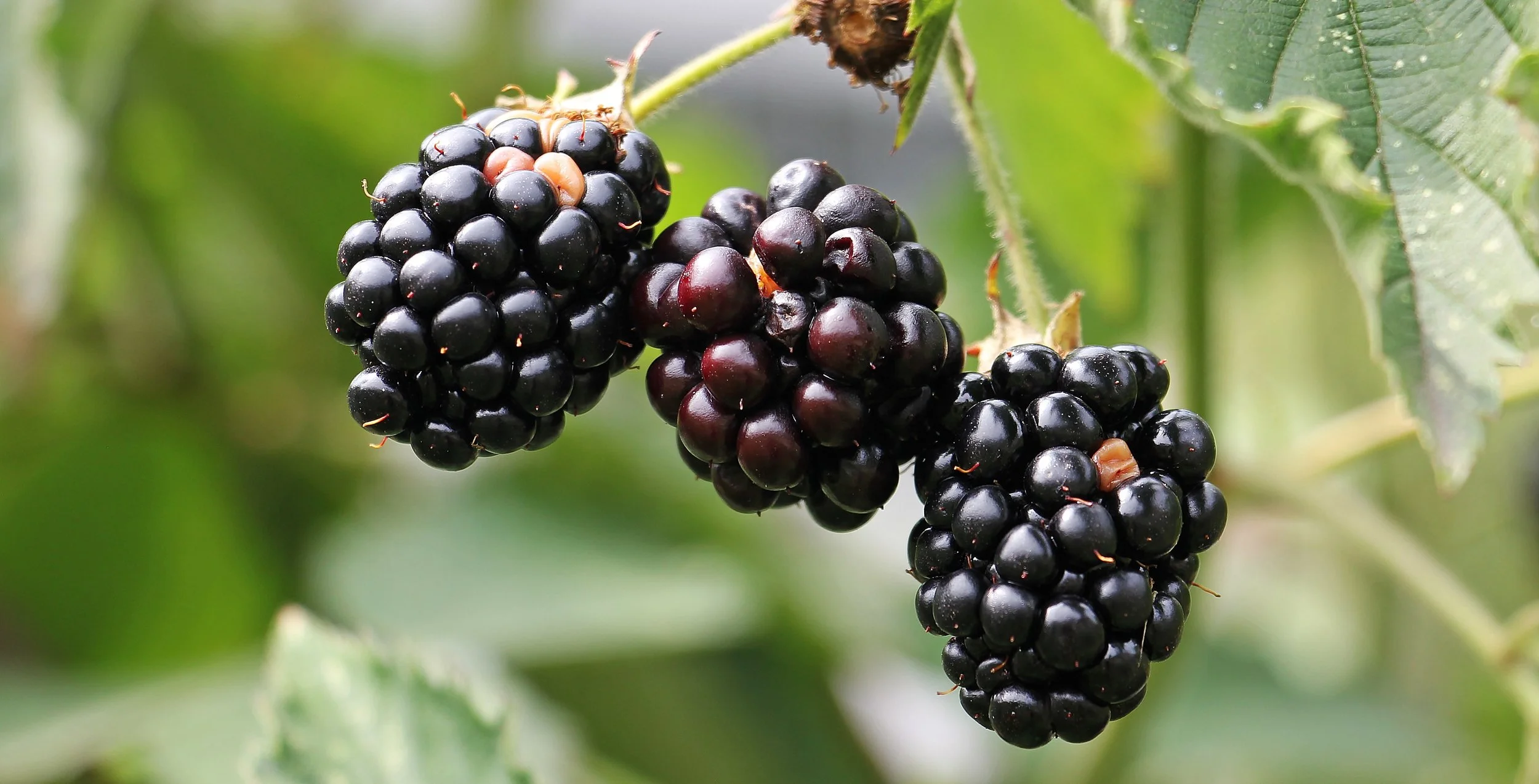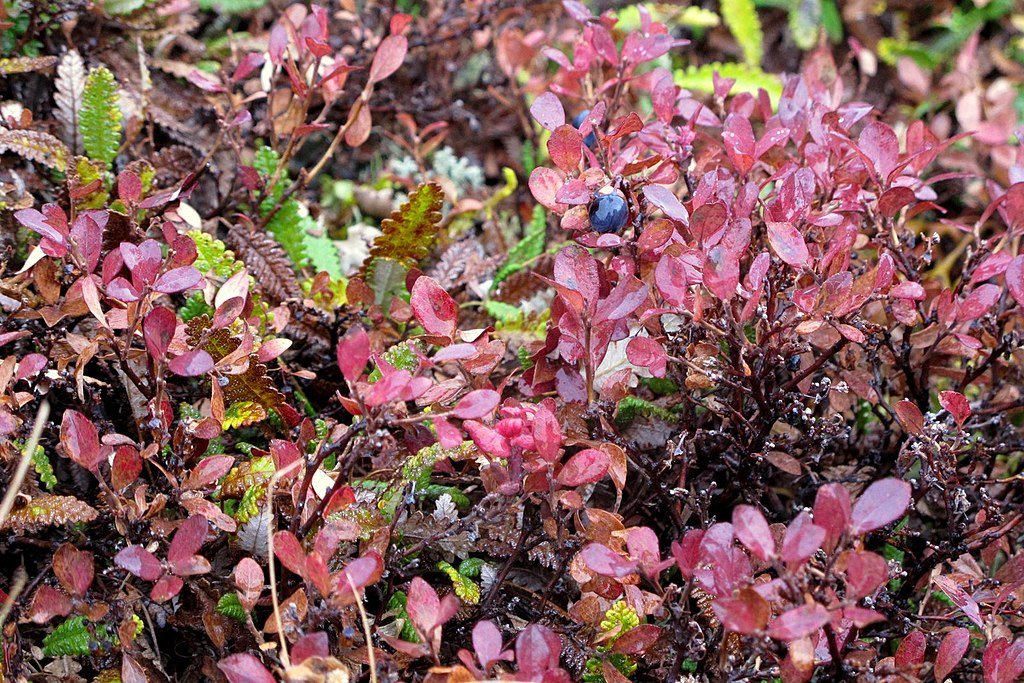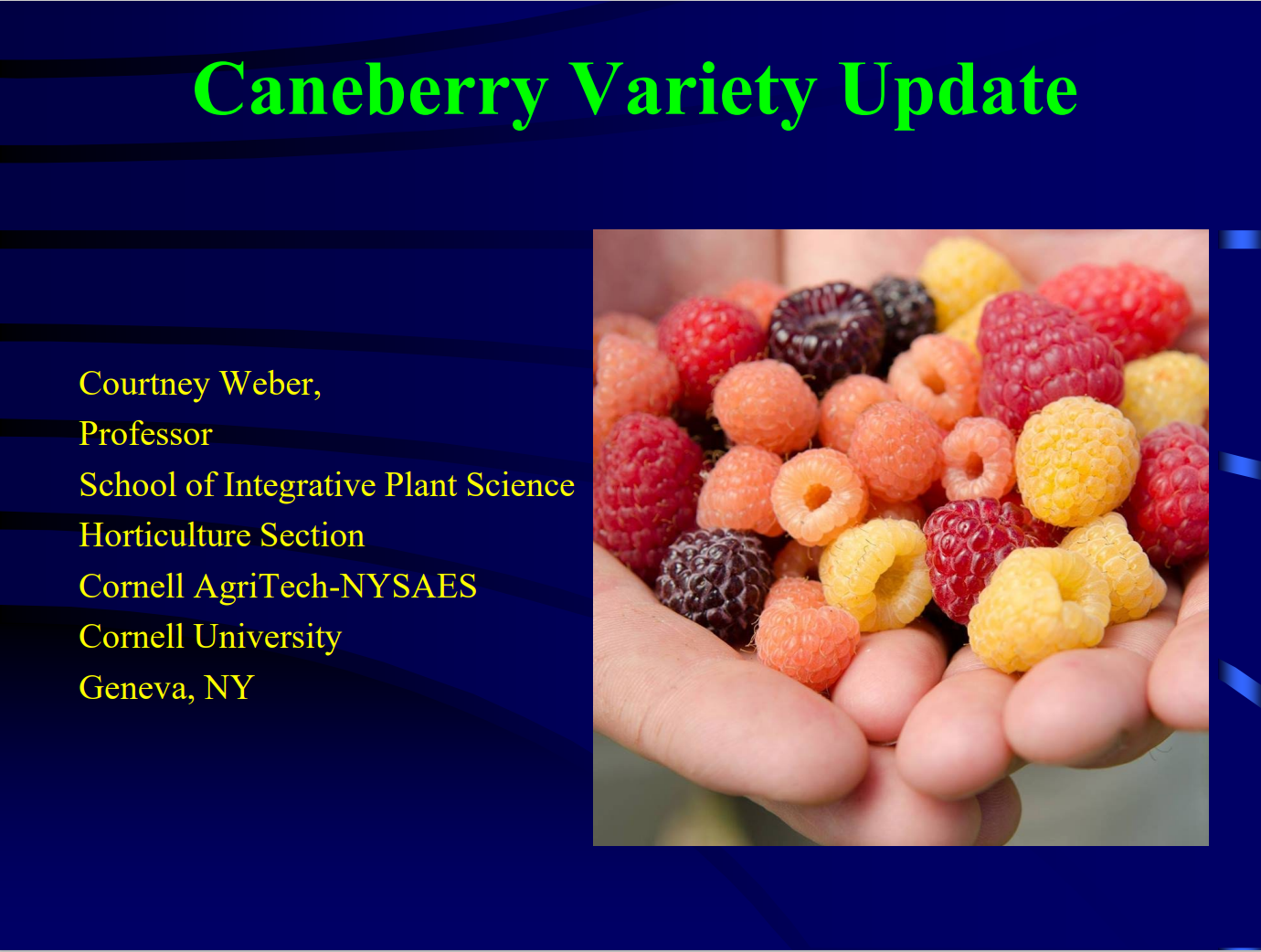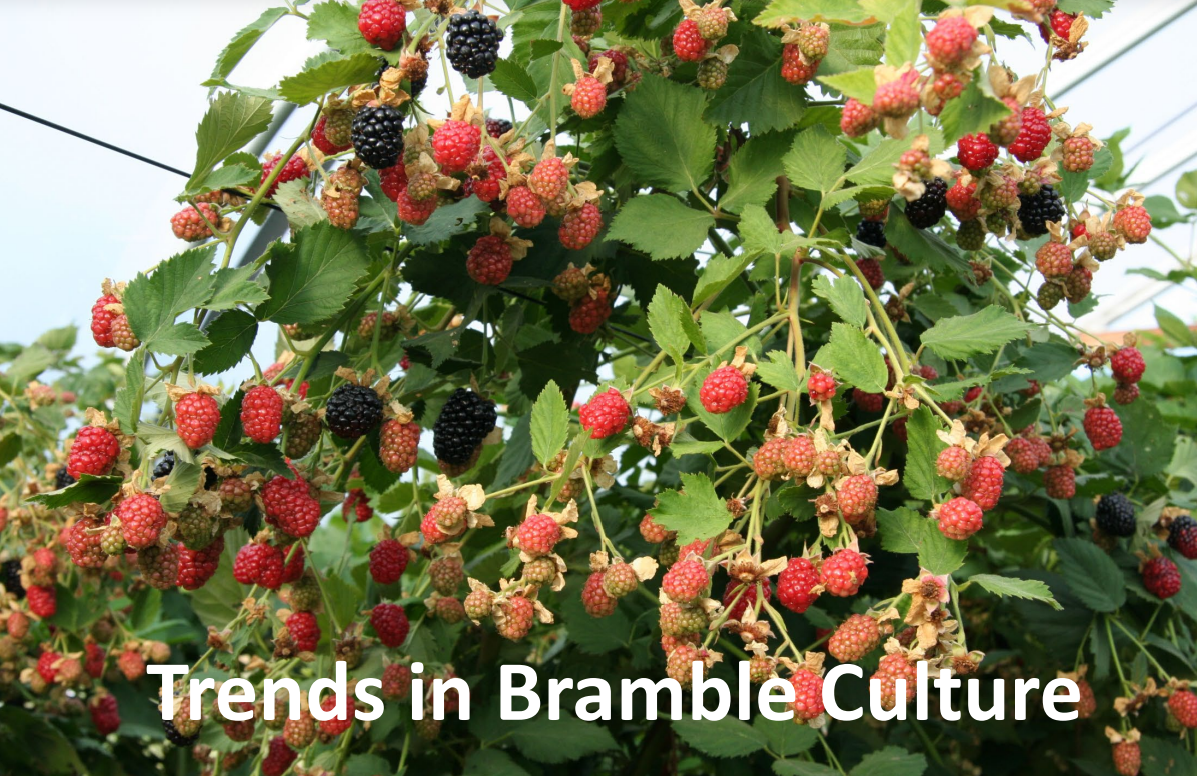–By New York State Department of Agriculture and Markets
New York State Agriculture Commissioner Richard A. Ball announced that New York organizations may now apply for the latest round of the FreshConnect CSA for SNAP program. This program will help Supplemental Nutrition Assistance Program (SNAP) participants in New York gain increased access to weekly shares of fresh, locally grown produce through Community Supported Agriculture (CSA) initiatives by covering up to half the cost for recipients, while encouraging purchase of local product that supports New York’s farmers and producers. FreshConnect CSA for SNAP is one component of Governor Kathy Hochul’s goal to boost demand for New York agricultural products, bolster New York’s food supply chain, and ensure all New Yorkers have access to fresh, local foods.
Commissioner Ball said, “All New Yorkers deserve access to fresh, nutritious foods, grown right here in New York State. The FreshConnect CSA for SNAP program is a great example of connecting the dots between our farmers and our consumers, helping to ensure that New Yorkers using SNAP can access CSA shares full of delicious locally grown produce. This program feeds our families and supports our farmers, and I encourage eligible organizations to consider applying.”
The FreshConnect CSA for SNAP program helps SNAP participants working with awarded organizations better access CSA shares. Funding provided to eligible applicants, such as not-for-profit organizations, Indian tribal organizations, public educational institutions, and local or municipal governments will partially subsidize the cost of weekly CSA shares sold to SNAP participants, lowering the cost to consumers while still purchasing the food from the farmer at full price. Up to 50% of the cost of a weekly share purchased by a SNAP recipient with their SNAP benefits may be paid by awarded organizations through this program.
Awards for this opportunity will be made on a rolling basis until funds are depleted. A total of $250,000 in funding is available through this Request for Applications. Applications may request a minimum of $25,000 and a maximum of $50,000 for the project to be considered.
Applications must be submitted by 3:00 pm on July 22, 2025. To provide an overview of the program for potential applicants, a webinar was held on March 18, 2025. A recording of the webinar is available at meetny-gov.webex.com/meetny-gov/ldr.php?RCID=355d6897dfbdedfc540bc9b2972269f7.
Learn more at agriculture.ny.gov/rfa-0367-freshconnect-csa-snap-program-2025.

















